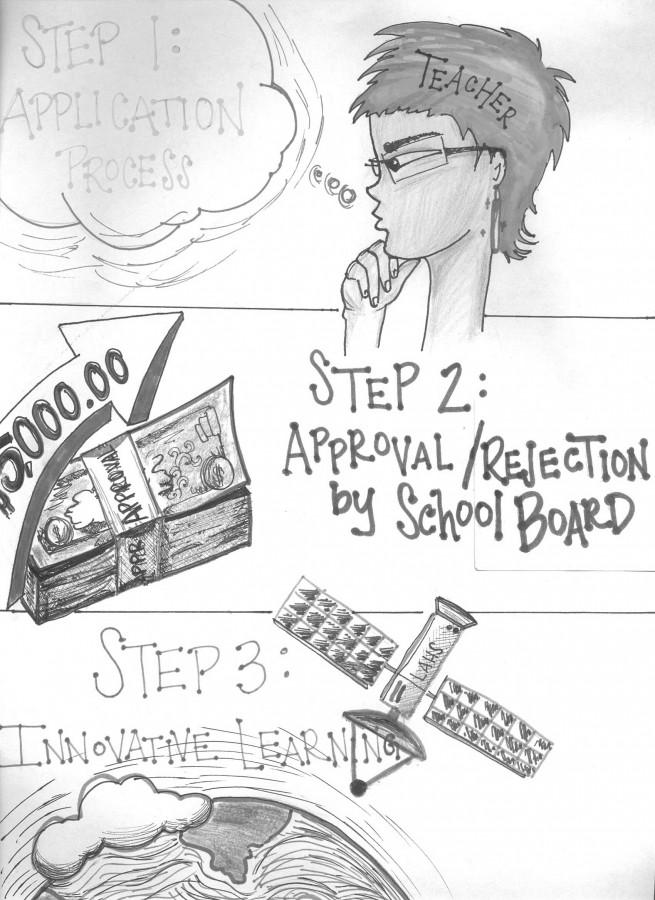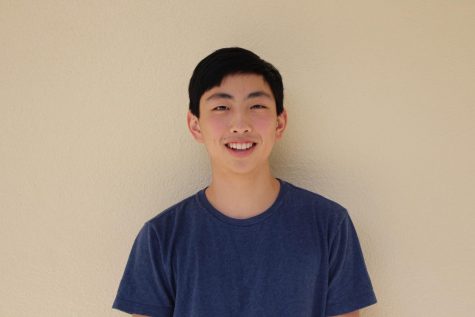MVLA Foundation funds innovation grants
This year, the MVLA Foundation is issuing new Innovative Learning Grants to teachers who wish to implement projects and curriculum extensions in their classrooms. The MVLA Foundation’s Board of Directors selected 21 out of the 65 requests for the Innovative Learning Grants Program on October 15, based on project applications sent to the foundation by teachers in the MVLA district.
Out of a cumulative budget of $75,000, the grants are limited to $5,000 each and were awarded based on their impact on student learning, enhancement of student knowledge and scalability. The Innovative Learning Grants are intended to give teachers an opportunity to implement projects that extend student learning beyond textbook material. Teachers will engage students in a hands-on project or learning experience that would not be possible without the grant money.
“[Teachers] had to demonstrate how their request would help students experience something that is not typically experienced in a high school classroom,” Associate Superintendent Brigitte Sarraf said. “Innovative teaching, innovative learning, hands-on collaboration colleges and universities, participating in research, those kinds of things.”
Sarraf initially reviewed the applications, recommending 20 of the 65 applications to the Board of Directors for their final decision. She had previous experience with similar applications for the MVLA district, as she reviewed applications for the Google Fund of Tides grant program in 2011 to 2013, a similar grants program that only funded STEM classes.
“[MVLA Foundation] wanted to do something that would have a potential impact on teaching and learning,” Sarraf said. “When I was talking to them about it, listening to what they had in mind, I offered them to… use the same process that I had used for Google.”
The Google grants were less geared toward innovative projects, with $20,000 of the $50,000 going toward STEM summer classes and larger chunks going to the purchase of netbooks and other technological equipment.
I Google grants were only designated for STEM classes, and the Innovative Learning Grants hope to extend that to all classes.
“[The grants] stemmed from the fact that Google sponsored something that was similar but was only for the STEM classes,” MVLA Foundation Co-Executive Director Margaret Gong said. “That kind of went away, and last year we were discussing that it would be cool to bring it back but extend it not just to the STEM, but any subject area.”
The MVLA Foundation also started the Innovative Learning Grants to extend and recreate previous grants’ impacts, and the new grants hope to fund less equipment based grants and focus on new projects and ideas.
“[The innovative aspect] of Google’s grants were much smaller, actually, and it was the first time we had done something like that, so it took a while for [teachers] to understand the opportunities that it presented,” Sarraf said. “I got maybe a maximum of 15 [applications] then, and 65 this time.”
One of the 20 applications recommended by Sarraf was a science teacher’s request for a polarizing microscope, a piece of equipment that is otherwise unavailable to teachers, but enables new learning options for students in forensics, chemistry and environmental science classes. Others include a project to collect DNA, a project to analyze air sample qualities and a grant for Mountain View High School’s TEDx program in 2016.
“[I was] definitely impressed by some of the proposals,” Sarraf said. “One of them at Mountain View… is a satellite project. The recommendation is to approve the purchase of equipment that allows the students and the teachers to launch a satellite. A few [applications] created opportunities for students to be collaborating… with professors at colleges and universities.”
The Innovative Learning Grants funds pilot programs, providing seed money to ideas for implementation. Teachers who receive the grants evaluate the success of the programs, by submitting reports to the foundation at the end of the year using collected data to analyze their project’s effect on student learning. The Board of Directors will use this information to decide whether to renew funding.
“It will be incumbent on the teachers to show why this has helped improve learning, and they have to demonstrate that via a report and collected data that will be submitted at the end of the year to the Foundation for review,” Sarraf said. “Based on that feedback, [the Board is] going to decide whether they’re going to continue funding these projects in the future.”
As a project in its infancy, a large portion of the grant applications requested for equipment unrelated to innovation, such as furniture. Sarraf hopes that the interest and understanding for innovative courses will grow in the future as teachers begin to recognize and share different ideas.
“I think teachers are having a little bit of a difficult time figuring out what is really innovative, so I got a lot of request for furniture, and for things that… wouldn’t be funded,” Sarraf said. “If we do this more often… I would imagine that in the future there would be more diversified projects.”




